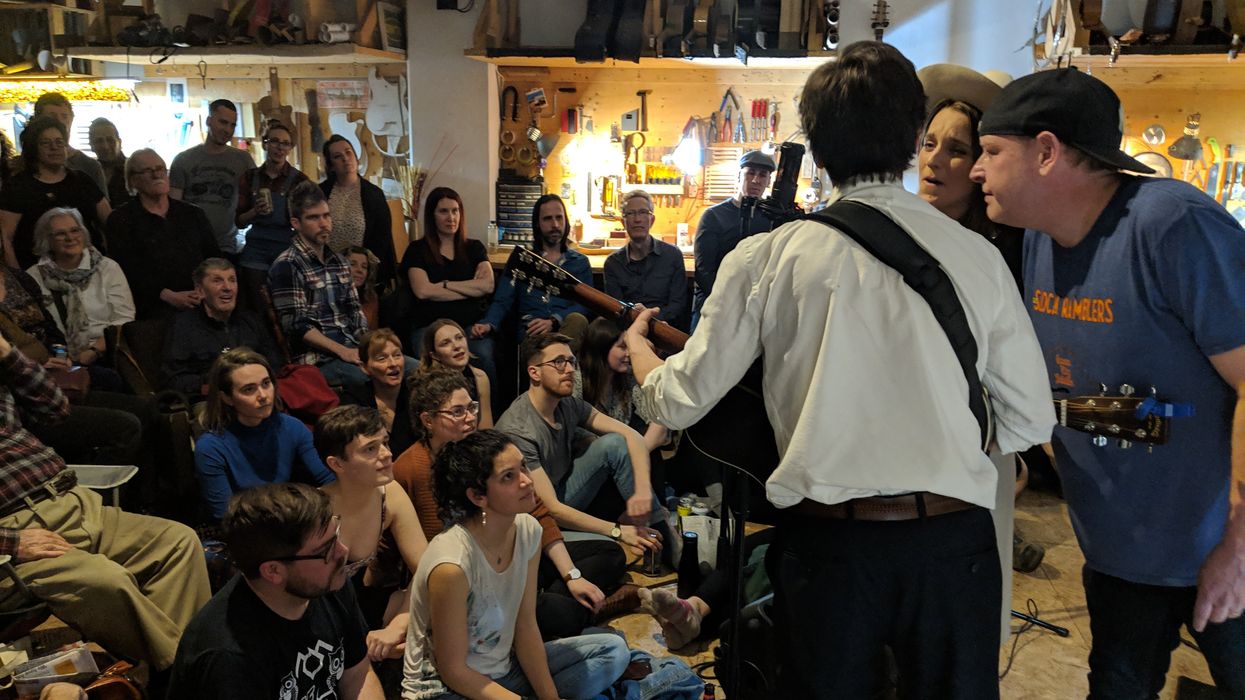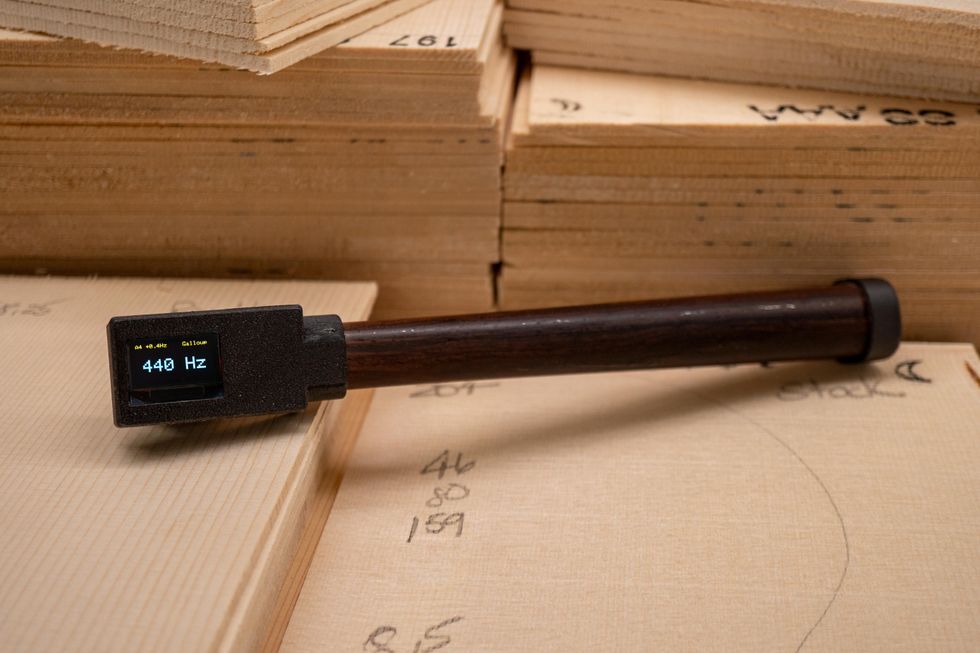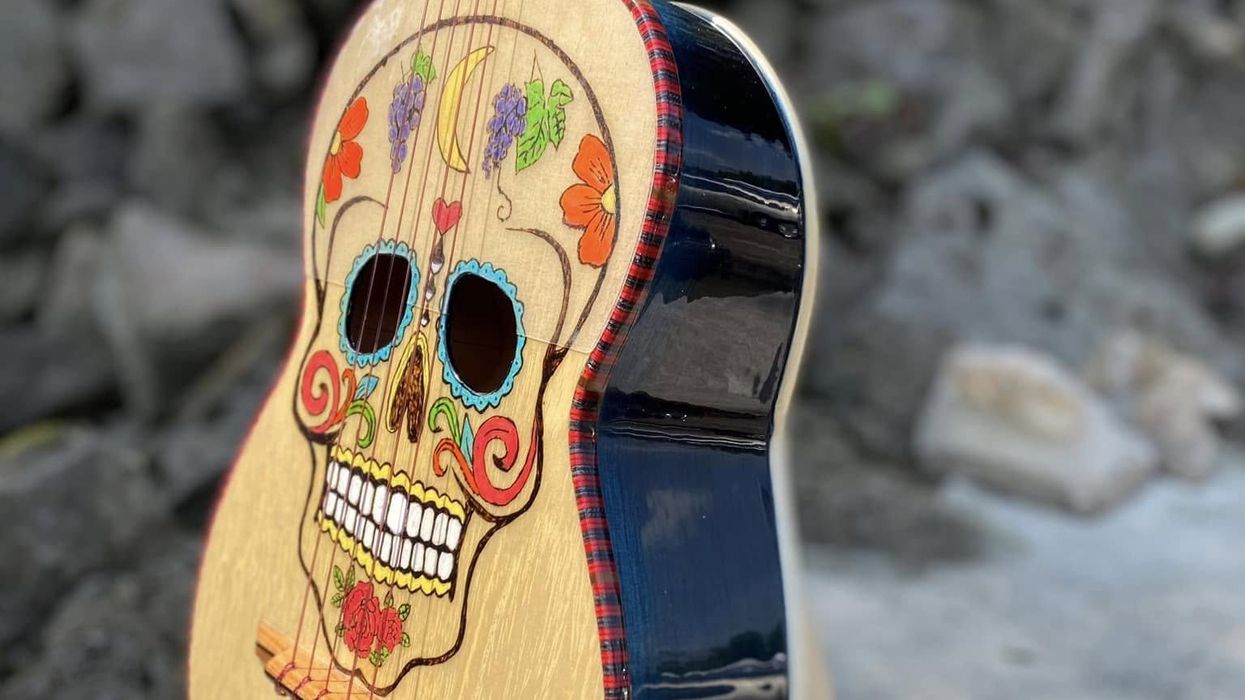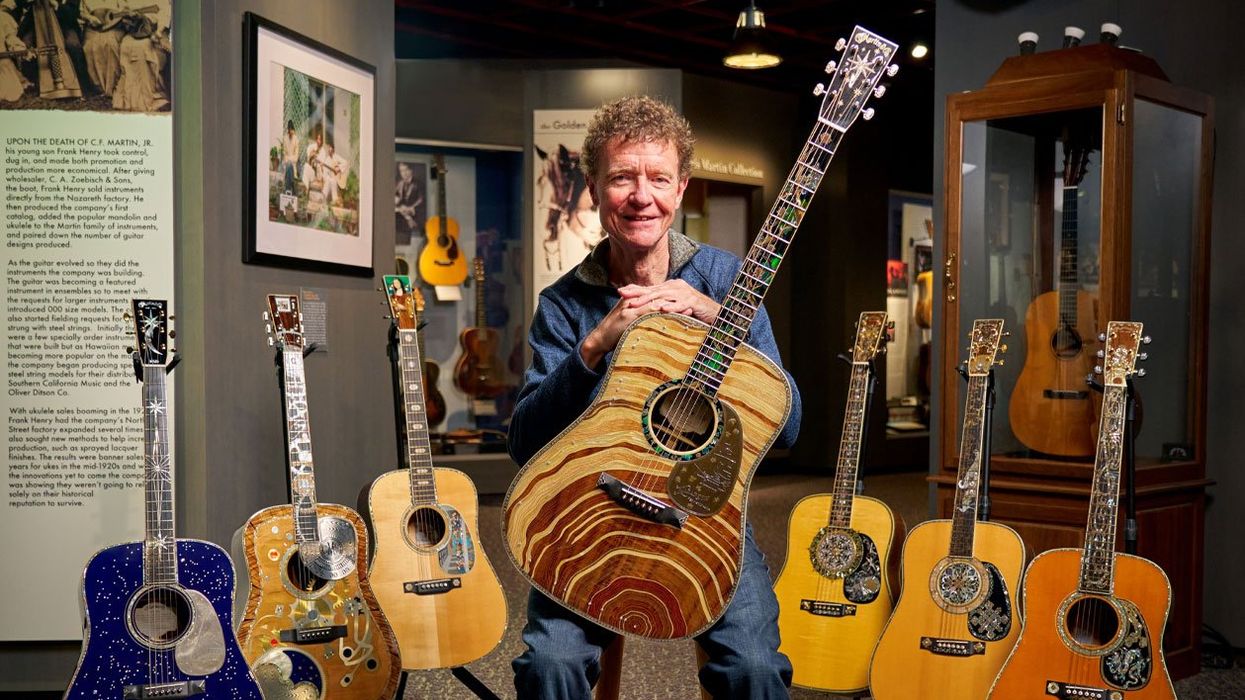Acoustic guitar pickups have been written about extensively in Premier Guitar by knowledgeable folks like Larry Fishman, but this month I’d like to touch on the subject through the lens of a guitar builder. I’ll avoid comparison between different pickup models and instead concentrate on the different types of pickups, along with considerations for choosing the right system for you and your guitar.
So, where do you play that requires you to plug in? It’s the very first question I’ll ask anyone who asks me what pickup they should install. It’s a simple question, but it’s critical to getting the best system for you. Over the years, I have identified roughly five different levels of performance/background noise that necessitate the use of particular systems.
Level 1
If you play at home on your own—or maybe with one other acoustic player—and you want to do some recording, I would question the need for a pickup at all. I believe that a good external condenser mic would be the better choice. A mic will usually give you the best tone for recording, and you can easily try out a number of different models and different mic positions to get the tone you hear in your head. Given the relatively low-volume (gain) level that you will need in this scenario, any guitar builder will likely tell you to go with a mic.
Level 2
Let’s say you want to venture out into a quiet coffeehouse or church setting, either solo or along with another player. This is where you might want to invest in a pickup so you can concentrate on your playing and not have to overplay in order to be heard. For this level, you might consider an internally mounted microphone. These will give you good tone and still allow you to have some control over the mic and placement when you’re outside of your home studio.
In the best rooms, a contact pickup will likely work well on its own. But when it’s loud, having the under-saddle transducer is the only way your guitar will be heard at all.
Level 3
What if that coffeehouse is not so quiet, and you’d also like to throw in the occasional acoustic-duo bar gig? In this situation, I’d suggest going with at least a combo pickup that incorporates an internal mic with another source, such as a bridge-plate contact pickup. This way, you can mix the mic signal in higher when the room is quieter, for better tone, but you can dial it back and use more of the secondary source when the room you’re playing in is noisier.
Level 4
Okay, now add several other players and a bit more noise. At this point, forget the mic—either internal or external. I would use a bridge-plate contact pickup for tone and also consider adding an under-saddle transducer, and then mix the two signals. In the best rooms, the contact pickup will likely work well on its own. But when it’s loud, having the under-saddle transducer is the only way your guitar will be heard at all.
Level 5
This is a full-blown band with drums and electric bass. At this point, you need to concentrate on simply being heard and worry less about tone. While it pains me to say that, it’s the reality of these situations. Considering the high gain needed and the tremendous feedback opportunities involved, I’d recommend finding a good under-saddle transducer. Remember: If nobody hears that great break that you just played, it doesn’t matter how great it was. I’m reminded of a friend (who is a terrific flatpicker) and the time he told me about a night where the sound was particularly bad at the venue they were playing. After the show, a friend of his came up and said, “Man, those were some great-looking breaks you were playing tonight.”
While no acoustic-guitar builder will necessarily tell you that using a pickup is ideal, it’s certainly necessary sometimes in order to be heard. I hope these quick guidelines will help you in achieving the absolute best tone—which is always my focus—at a listenable level of volume.
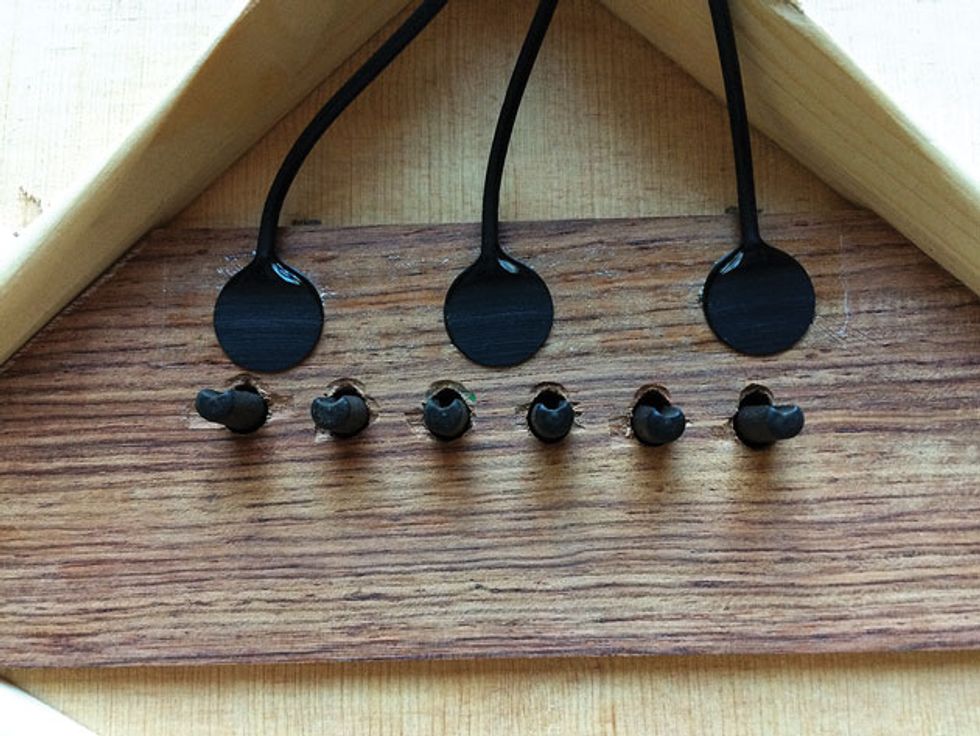




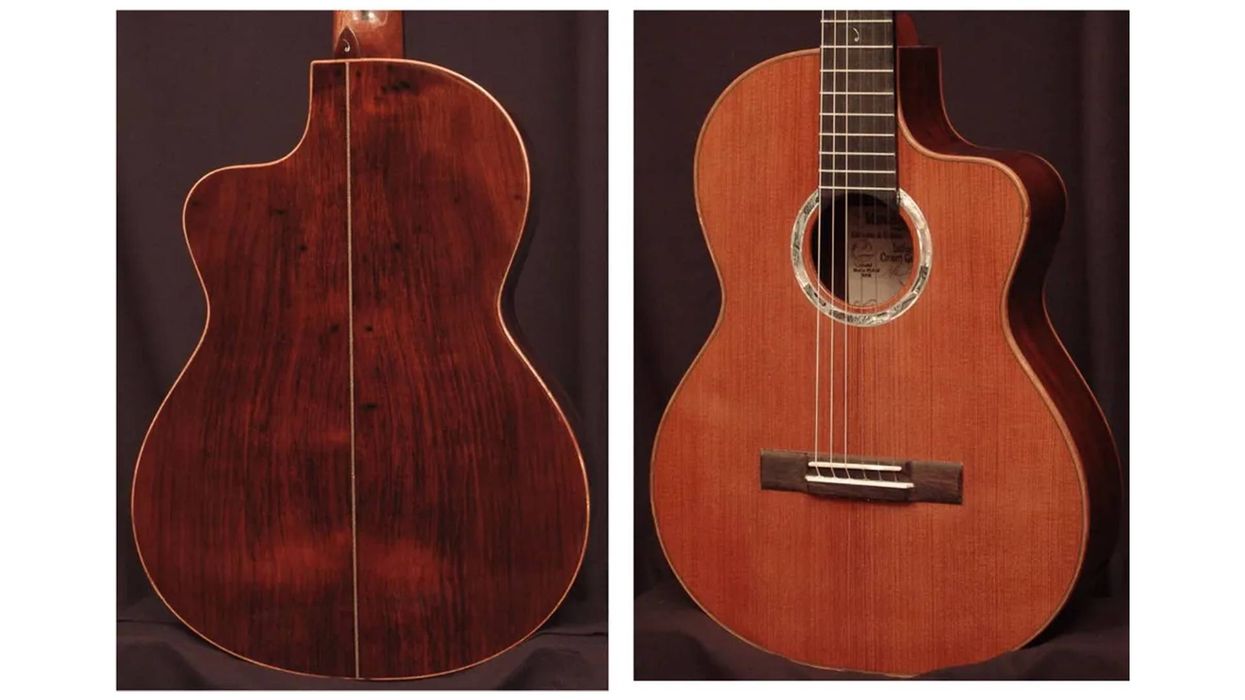





![Rig Rundown: AFI [2025]](https://www.premierguitar.com/media-library/youtube.jpg?id=62064741&width=1245&height=700&quality=70&coordinates=0%2C0%2C0%2C0)
